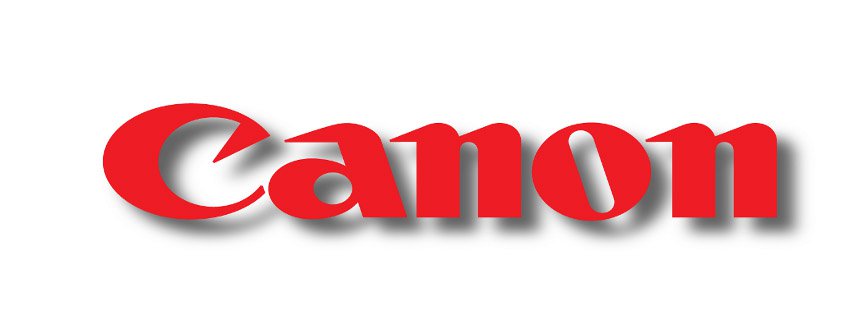Well, it's good, but, on thing like this, buyer's remorse can sometimes happen, so I eyeballed a couple of cameras in Nikon's 7000 series.
My thoughts? They're more like Canon xD (for the unfamiliar, that "x" as nomenclature for 10, 20, 30 etc Ds up to 90D, the current APS-C top dog for Canon, since no 7D Mark III is coming along) than they are Rebels, but they try to split the difference.
[Update: The more common recent nomenclature, since Canon has brought out more single-digit D's since I bought my first Canon long ago, is x0D for these, and xD for 1/3/5/6/7 lines, all of those except the 7 being full-frame, too. But, I'm not going to go through and edit the whole thing.]
They're weather-sealed like xDs. And, especially on the newer 7200 and 7500 (not sure why Nikon skipped a couple of digits; their numbering is weird), but not so much on the 7100, the shutter speed is more xD-like.
But? All the way through the 7500, they're cheap on focus. Yes, 51 vs 45 focal points, but only 15 cross-factor on the 7100 and 7200 as well as the 7500. (I've seen websites trying to say they're really the same, to turd-polish Nikon, but they're not, not in that aspect.) That compares to the 153, 99 of which are cross-point, on the not-dumbed down D500. In reality, you don't need THAT many, either.
The 65 of the Canon 7D Mark II, if all of them are cross-point, is plenty unless you've got a full-frame camera of more than 30 megs.
That said? The 7500 "dumbs down" in another way. Drops to just 21.2 megs on the sensor. In its full review, DPReview tries to turd-polish that but I'm not buying. Ditto for the D500. Nor do you need a 104K top ISO speed. It's like Nikon is either trying to turd-polish processors or else thinks it can find buying suckers.
In reality, the 7100 is a Canon 70D with a larger sensor (21.2 on the Canon), but a frame a second slower and lower max ISO. Now, the Canon only has 39 focal points, but 19 of them are cross-point, ahead of the Nikon. The 7200 is a slightly slower, and 7500 slightly faster, by shutter burst, version of the Canon 80D. And, speaking of burst speed? None are close to the 90D on either that or sensor size. The D7500 is kind of long in the tooth, too, compared to both the 90D and the Rebel T8i.
So, it appears that Nikon has ceded the Rebel area of DSLRs to Canon. Since Canon has playout room on that, the next Rebel might not get here for 3-4 years and the T9i would probably be the last.
With no 8000 series having been started, and we're on 5 years on that now, it's likely Nikon has ceded that world to Canon too.
Any other Nikon APS-C DSLRs will be D500 level.
And, I doubt anybody else will challenge Canon. I think Sony and Fuji are basically all mirrorless. Pentax/Ricoh? I remember when the old K1000 was the entry level 35mm bomb. But, I don't see this happening either. The Pentax K-3 Mark III is the bomb compared to the D500, but it's not Rebel or even xD on one or two things. Scratch that; I think I originally meant it's not xD on one or two things. The KP is roughly an 80D with Nikon-goosing high ISO. Interestingly, even that K-3 Mark III only appears to go 1/200 on max flash sync. Also, from reviews on Amazon, apparently Pentax autofocus is semi-crappy. At the same time, it offers a sensor-tilt in-body version of image stabilization. Not sure how good that is. Reviews say it's better at shorter focal lengths, which makes sense and makes it no bueno for my desires. Also, Pentax is a battery gobbler.
Anyway, enough meandering. Camera Decision is good for letting you look for all types of cameras.
Update, Sept. 2, 2023: Inspired by a freelance contributor of sports photos to my one newspaper, I looked at Canon's R7 (equiv of 90D on sensor, roughly) and R10 (equiv of 80D). Per DPReview on both, I think I would keep on mechanical shutter on burst; electronic shutter reportedly has "roll" type problems. Both are well over 10 clicks a second, though. Still not looking for anything new, but? KEH had a used R10 for for under $900. And, five years ago, Canon's most basic lens mount adapter was shipping for $99. (Best Buy says $129 today; so does B&H.) Per How-to Geek, adapters of course add a bit of weight, but Canon is not as bad as Nikon. In addition, adapters may slow autofocus. But, if I want to change body platforms, per another How-to Geek, there's an adapter to run Canon lenses on Sony bodies. (The Sony price difference would have to be worth the learning curve on a third body platform.) And, per Ken Rockwall, Nikon adapters work better with Canon lenses on a mirrorless Nikon body than with Nikon lenses.


No comments:
Post a Comment